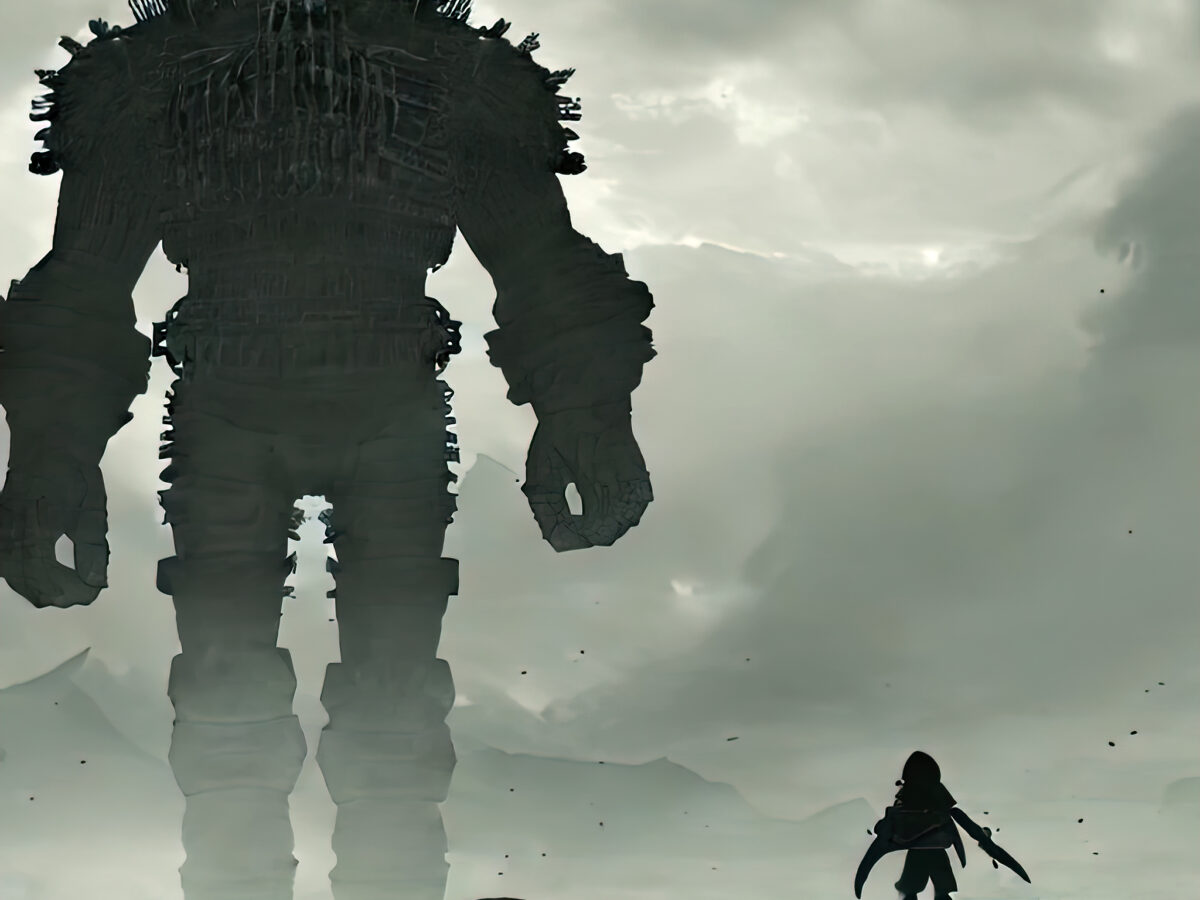Video games are often considered a form of art by many critics and enthusiasts. Like any form of art, video games can be used to express ideas, emotions, and tell stories in a creative and original way. There are many reasons why some video games are able to trigger emotions beyond just entertainment. One of the main reasons is that many video games tell stories and feature characters that the player can easily relate to or become attached to. This can help create an emotional bond between the player and the game, which can lead to intense emotions when significant or tragic events occur in the game. Additionally, video games often incorporate elements of other art forms, such as acting, writing, and directing, making them even more complex and multi-faceted. Video games offer a wide range of unique experiences compared to other forms of expression such as TV, movies, and books. One of the things that makes video games so special is their ability to actively engage the player in the story and world of the game. In many video games, the player is free to explore the virtual world and make decisions that will influence the course of the story, which is not possible while watching a movie or TV show or reading a book. Additionally, many video games offer a variety of gameplay, with different game mechanics and challenges to overcome, which makes them much more engaging and fun compared to other forms of entertainment.

Video games have been considered a form of art since their inception, although there have been moments when their validity as a form of art has been questioned. Over the years, many critics have argued that video games can be considered true works of art, highlighting their beautiful visuals, engaging music, and deep and compelling stories. However, there has also been some debate on the matter, with some arguing that video games cannot be considered true works of art because of their interactive nature.
However, in recent years the debate over the validity of video games as a form of art has abated, and more and more critics and cultural institutions have begun to recognize video games as a full-fledged art form. For example, in 2020 the Museum of Modern Art (MoMA) in New York included 14 video games in its permanent collection
- Pac-Man (1980)
- Tetris (1984)
- Another World (1991)
- Myst (1993)
- SimCity 2000 (1994)
- vib-ribbon (1999)
- The Sims (2000)
- Katamari Damacy (2004)
- EVE Online (2003)
- flOw (2006)
- Portal (2007)
- Passage (2008)
- Canabalt (2009)
- Minecraft (2011)
These video games were selected for their artistic value and for their contribution to the evolution of video games as a form of art. It is a very diverse selection of games, representing different genres and styles of play, and were chosen for their historical and artistic impact.

Here is a list of video games published starting in the 2000s that have been compared to works of art and are able to evoke strong emotions:
- Ico
- Shadow of the Colossus (2005)
- Bioshock (2007)
- Portal (2007)
- Braid (2008)
- Flower (2009)
- Heavy Rain (2010)
- Journey (2012)
- The Last of Us (2013)
- Undertale (2015)
- Firewatch (2016)
- NieR: Automata (2017)
- Celeste (2018)
- The Last Guardian (2016)
- Red Dead Redemption 2 (2018)
- Death Stranding (2019)

All images and all text in this blog were created by artificial intelligences

